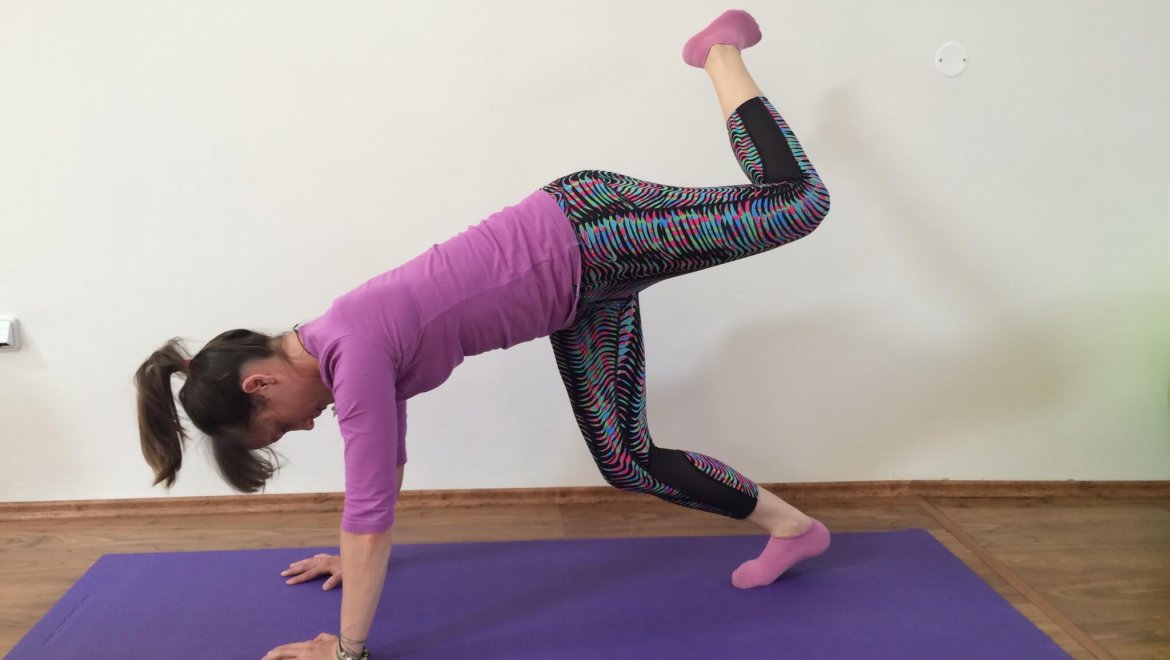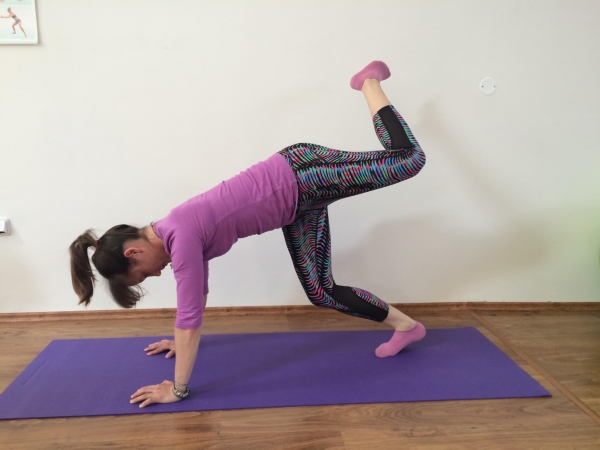Bolest třísla, část 2. – chyby při běhu a cesta k nápravě
V předchozím díle našeho seriálu jsme probrali, jaké jsou zdroje bolesti v třísle a co se děje, když tříslo bolí. Pro připomenutí: bolest třísla velmi často pochází z vlastního kyčelního kloubu. Kyčelní kloub totiž není ten výstupek na boku, jak často mylně předpokládáme, nýbrž je uložen za tříslem. Jaké jsou nejčastější příčiny svalového přetížení kyčle a vzniku strukturálních změn v tomto kloubu? Zaměříme se samozřejmě přímo na chůzi a běh.
1. Postavení nohy, došlap
Noha tvoří základní bázi jako třeba základy domu. Jak kvalitně jsou postavené základy, tak kvalitní bude statika domu nad nimi. Pokud je noha takzvaně s pronací, tedy pokud dochází k nadměrnému vbočení vnitřního kotníku dovnitř během došlapu, celá dolní končetina se vtáčí dovnitř a odnáší to právě kyčel (společně s kolenem). Tento pohyb je totiž pro kyčelní kloub velice nepříznivý. Potíže s tříslem může způsobit i třeba jen vbočený palec u nohy. Abyste se od něj odrazili, musíte totiž vtočit celou dolní končetinu už od kyčle dovnitř. Stejně tak aktivita plosky nohy určuje to, jak budeme používat svaly nad ní. Pokud nepracují prsty, v běhu více sedíme, tedy máme kyčle stále pokrčené.
2. Postavení pánve
Pokud jsme příliš prohnutí v bedrech a pánev je vysazená, odnesou to kromě zad také kyčle. Když jsme prohnutí, máme kyčle vlastně stále pokrčené. Když jsou kyčle pokrčené, nemohou je správně z boku stabilizovat svaly k tomu určené. Kyčle jsou pak nestabilní zboku. Při každém kroku se do nich zavěšujeme a tím je páčíme.
3. Centrum těla
Kvalita zapojení centra těla ovlivňuje prakticky vše. A jakpak by ne. Centrum těla je rám pohybu. Jeho správné zpevnění je základním předpokladem správného fungování všech ostatních svalů. Pokud hrudník a pánev nejsou dobře propojené a zpevněné, při chůzi a běhu mezi nimi probíhá více pohybu než by mělo. Tento nadměrný pohyb umožňuje jiným částem těla, že se mohou hýbat méně. A to je právě případ kyčlí. Chceme udělat krok, ale kyčel samotná nakročí jen málo, protože se přetočí celá pánev a stehno jde s ní. Kyčle tedy nepracují, naopak pas se stále „ždíme“. A to vadí jak zádům, tak kyčlím.
4. Délka a frekvence kroku
A konečně jsme u vlastní techniky běhu. Klíčová je právě frekvence kroků. Pokud si ji budeme hlídat, máme možná i z poloviny, co se týká správné techniky, vyhráno. Kratší krok a vyšší frekvence omezí tvrdé dopady a vysouvání nohy před tělo. Také nám pomůže k určitému zpevnění v pase, tedy k lepšímu používání kyčlí. To je to minimum, co bychom měli pro svůj lepší běh udělat.
Běhat či neběhat, pokud není kyčelní kloub v pořádku?
Na prvním místě je potřeba cvičit tak, aby prvotní příčina dále nepůsobila a nemohla kloub stále poškozovat. To se nám může povést, pokud jsme problém nenechali zajít příliš daleko, tedy k rozsáhlejšímu poškození kyčle. Správné zapojení svalů je potřeba postupně převádět i do běžných denních aktivit, tedy hlavně do chůze a běhu. Pokud šlo o pouhé funkční přetížení, cvičení pomůže rychle a my se k běhu bez obav můžeme vrátit.
Pokud máme kyčel již trochu poškozenou, či máme nějakou nevýhodnou dispozici, třeba vývojovou vadu kyčle, bude cvičení a kontrola techniky běhu alfou a omegou. Pokud se nám podaří nevýhodnou dispozici kompenzovat cvičením, dveře se nám před během nezavřely. Bude ale asi nutná určitá opatrnost při výběru sportů. Není vhodné, aby se všechny sporty odehrávaly po vertikále na nohách. Dobré je sport na nohách (běh) střídat se sporty, kde kyčel nefunguje jako nosný kloub (plavání, kolo). To nám zajistí delší, i když třeba méně intenzivní běžeckou budoucnost.
Jistě se na to najde příklad někoho, kdo i přes plno negativních vrozených dispozic byl vynikajícím běžcem a žádné potíže neměl. To, že známe jeden či pár takových příkladů, ještě neznamená, že naše fyzická odolnost je stejná. Do toho, zda budeme či nebudeme mít potíže, vstupuje ještě plno dalších faktorů, ať to je naše schopnost regenerace, nastavení psychiky či pověstný slabý článek, který určuje sílu celého řetězu, tedy organizmu. Proto je k tělu potřeba přistupovat s pokorou a pozorně ho poslouchat!
Komplexní informace o běhání z pohledu různých odborníků získáte na celodenním workshopu ZDRAVÉ BĚHÁNÍ
Tento seriál pro vás připravujeme ve spolupráci s BeBalanced.cz.
https://www.sport.cz/behani/ladime/clanek/814289-bolest-trisla-cast-2–chyby-pri-behu-a-cesta-k-naprave.html#section-artcl
PŘEDCHOZÍ DÍL SERIÁLU:
Bolest třísla, část 1. – zdroje a příčiny


